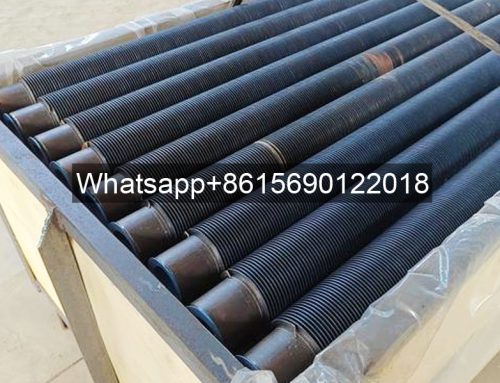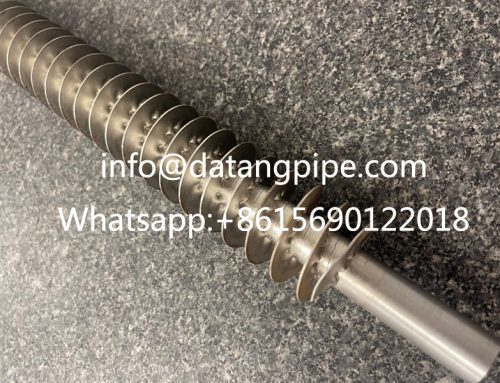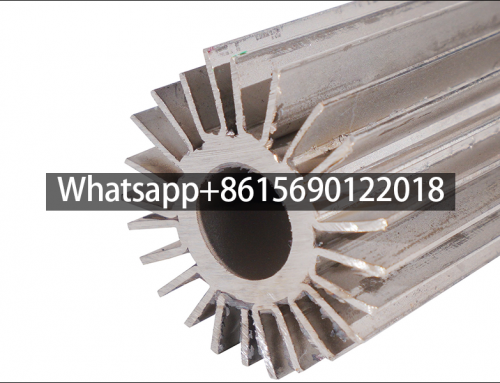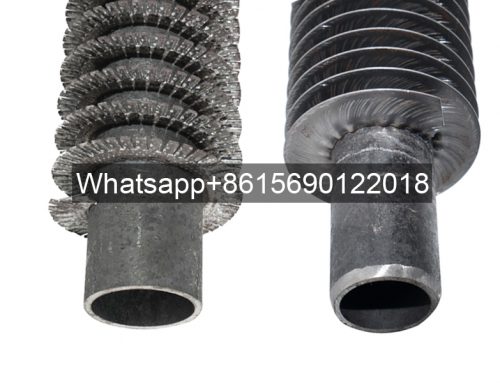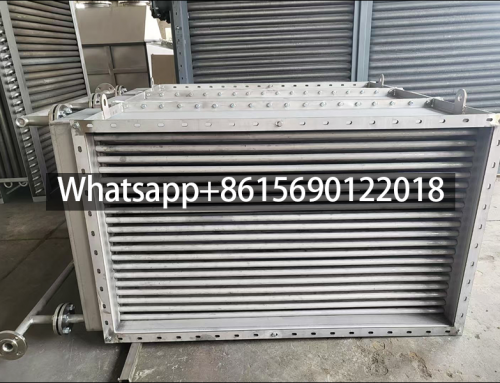Differences between L/LL/KL wound fin tubes
Base tube outer diameter: 16mm~51mm
Fin height: less than 16mm
Fin pitch: less than 2.3mm
Fin thickness: 0.4~0.6mm
Base pipe material: carbon steel, alloy steel, stainless steel, duplex steel
Fin material: 1060, 1070, 1100, 6063, 5052
Usage occasions: air cooler, heat exchanger, air heater, economizer
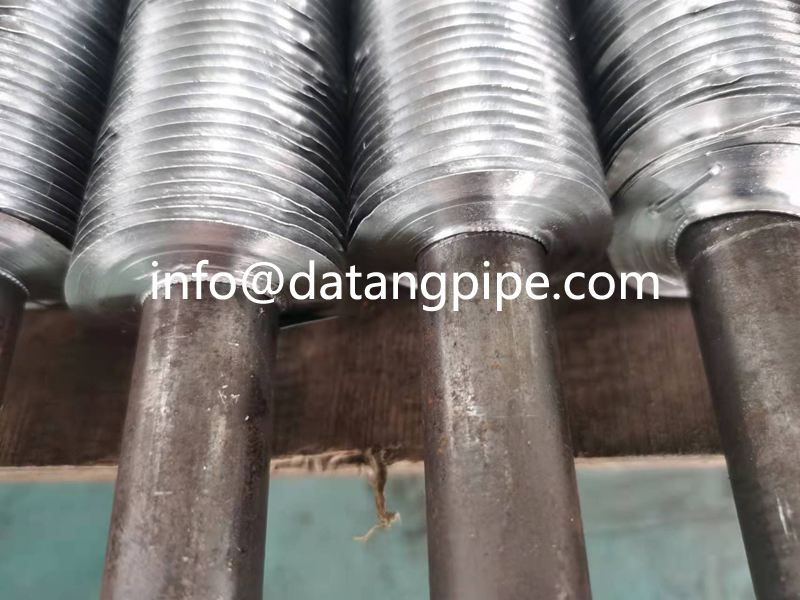
L-LL-KL type wound fin tube
L-type wound fin tube:
Aluminum fins or copper fins are folded into an L shape and continuously spirally wound around the outer surface of the base tube under tension. Working temperature: 150℃.
LL type wound fin tube:
Under the L-shaped foundation, the fin roots completely cover the outer surface of the base tube; to a certain extent, this fin type guarantees better corrosion resistance. Working temperature: 170℃.
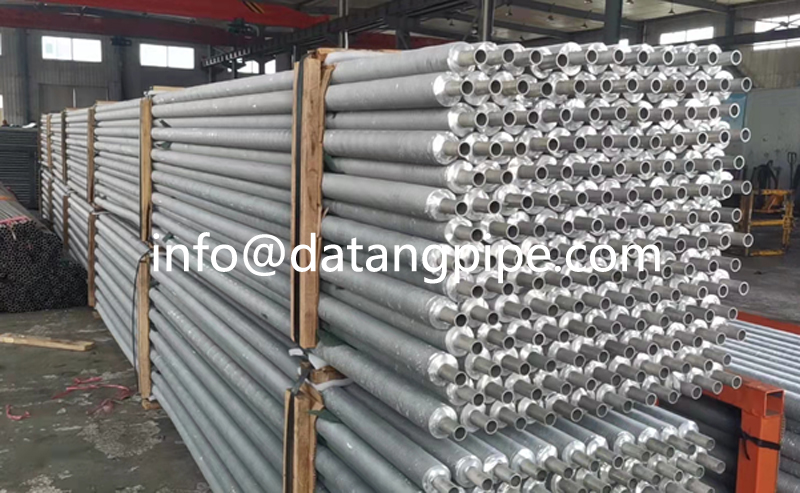
KL type wound fin tube:
Before the fins are continuously wound on the surface of the steel pipe, the outer surface of the base pipe needs to go through a knurling process; after the fins are wound, the roots of the fins attached to the steel pipe will also be knurled to bond the steel pipe and the fins. For this reason, this fin type ensures better heat transfer characteristics under the fins than those of L and LL. Working temperature: 250℃
L/LL/KL wound finned tubes Advantages:
The manufacturing method of wound finned tubes can ensure that the fins can be processed on a very thin-walled tube when using high-value alloys (titanium tubes, stainless steel tubes, copper tubes, etc.). The tubes can withstand temperatures up to 150°C without risk of gas corrosion or thermal stress.
Usage occasions: air cooler, heat exchanger, air heater, economizer
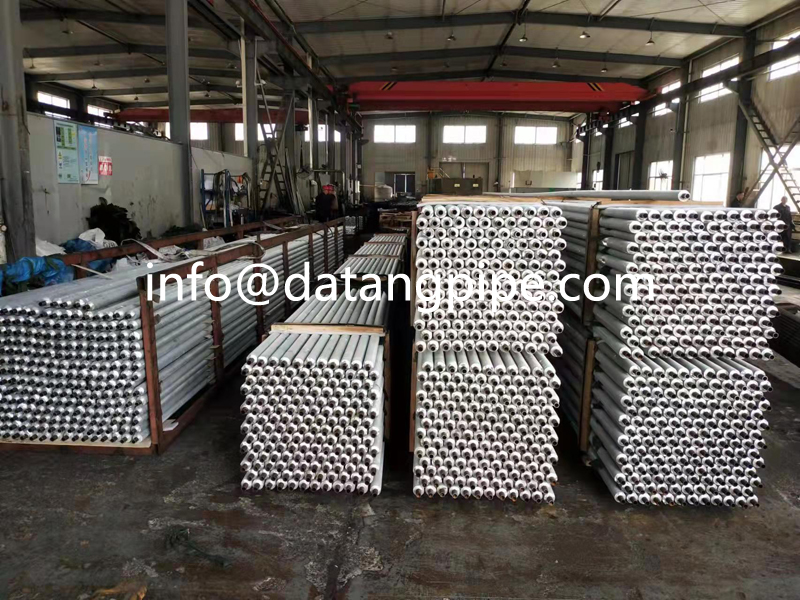
End use place:
Petroleum, chemical and petrochemical industries, processing, steel industry: blast furnace and converter systems, power generation: condensation of exhaust gases from steam turbines, condensate contact cycle cooling condensation, fossil and nuclear power plants, air conditioning (Freon, ammonia, bw), waste incineration Equipment, compressor coolers, etc.


